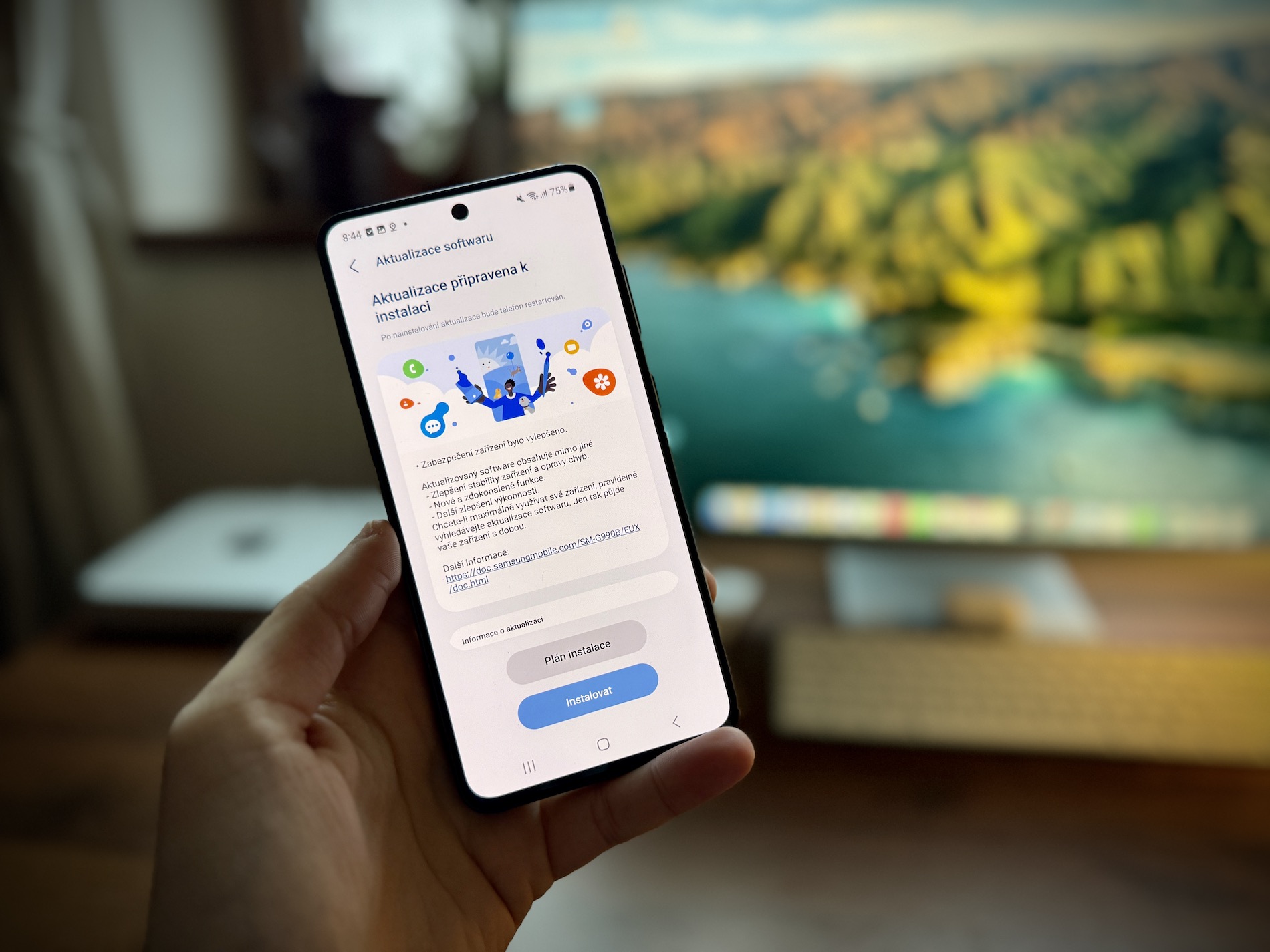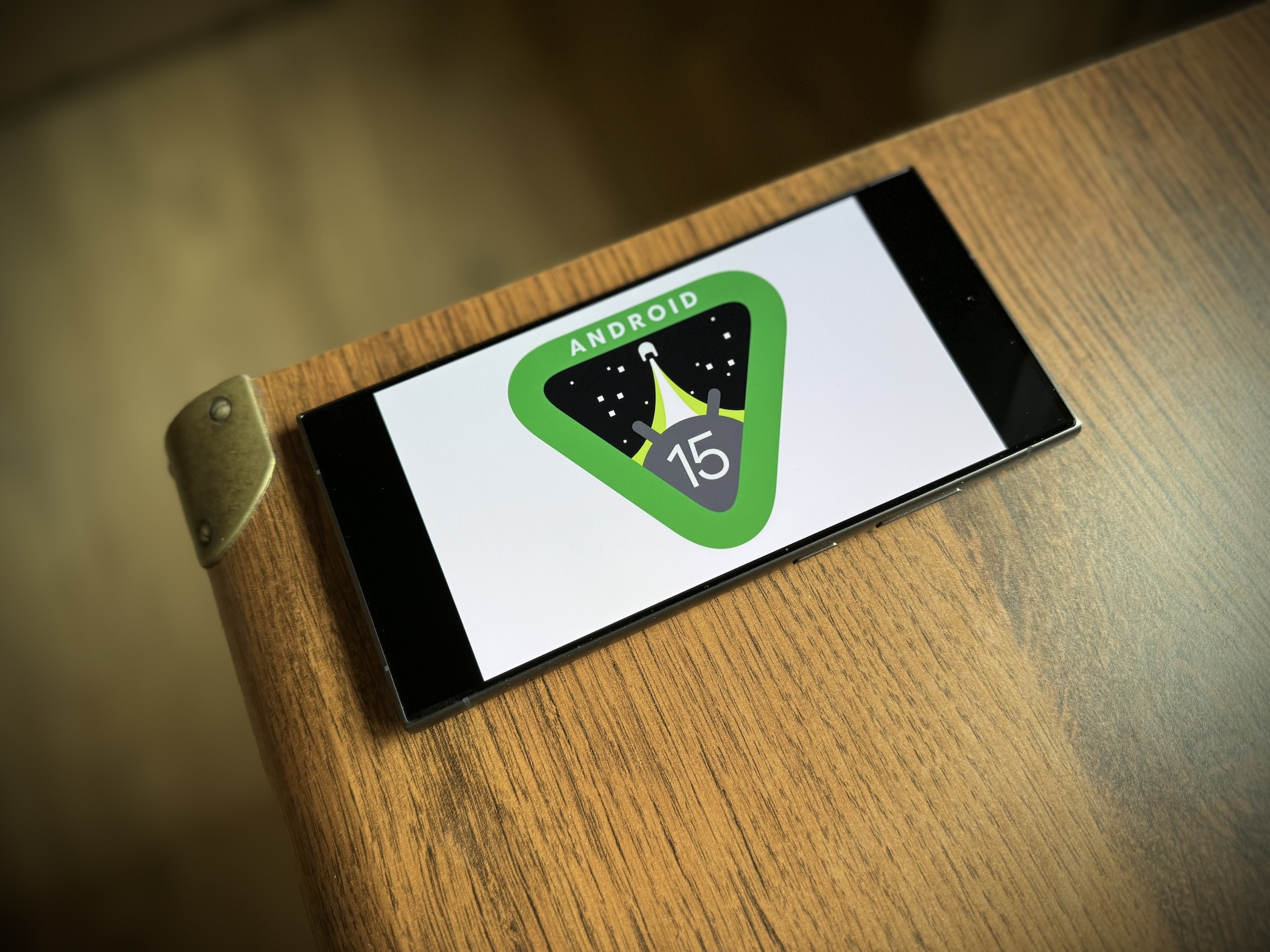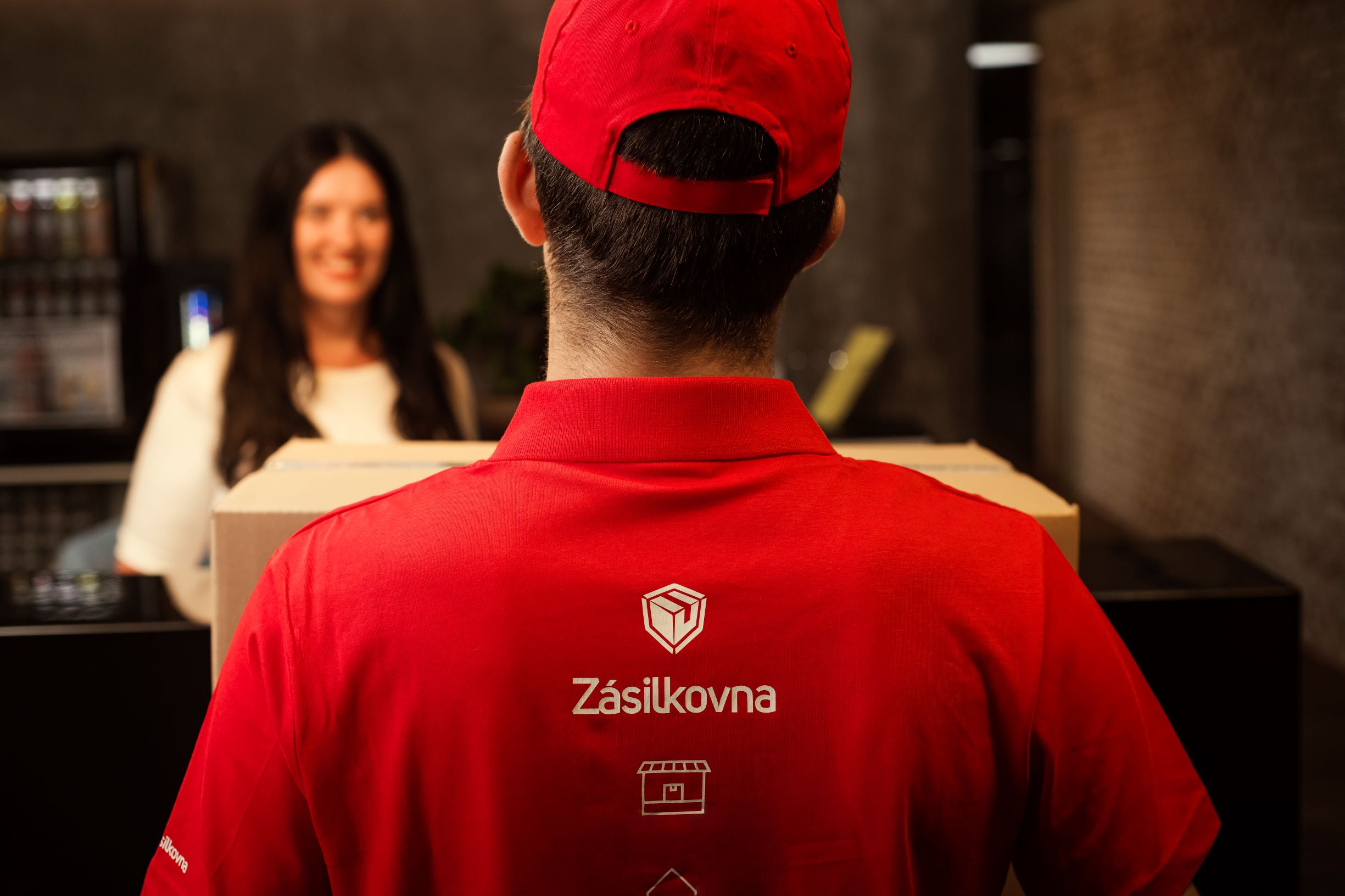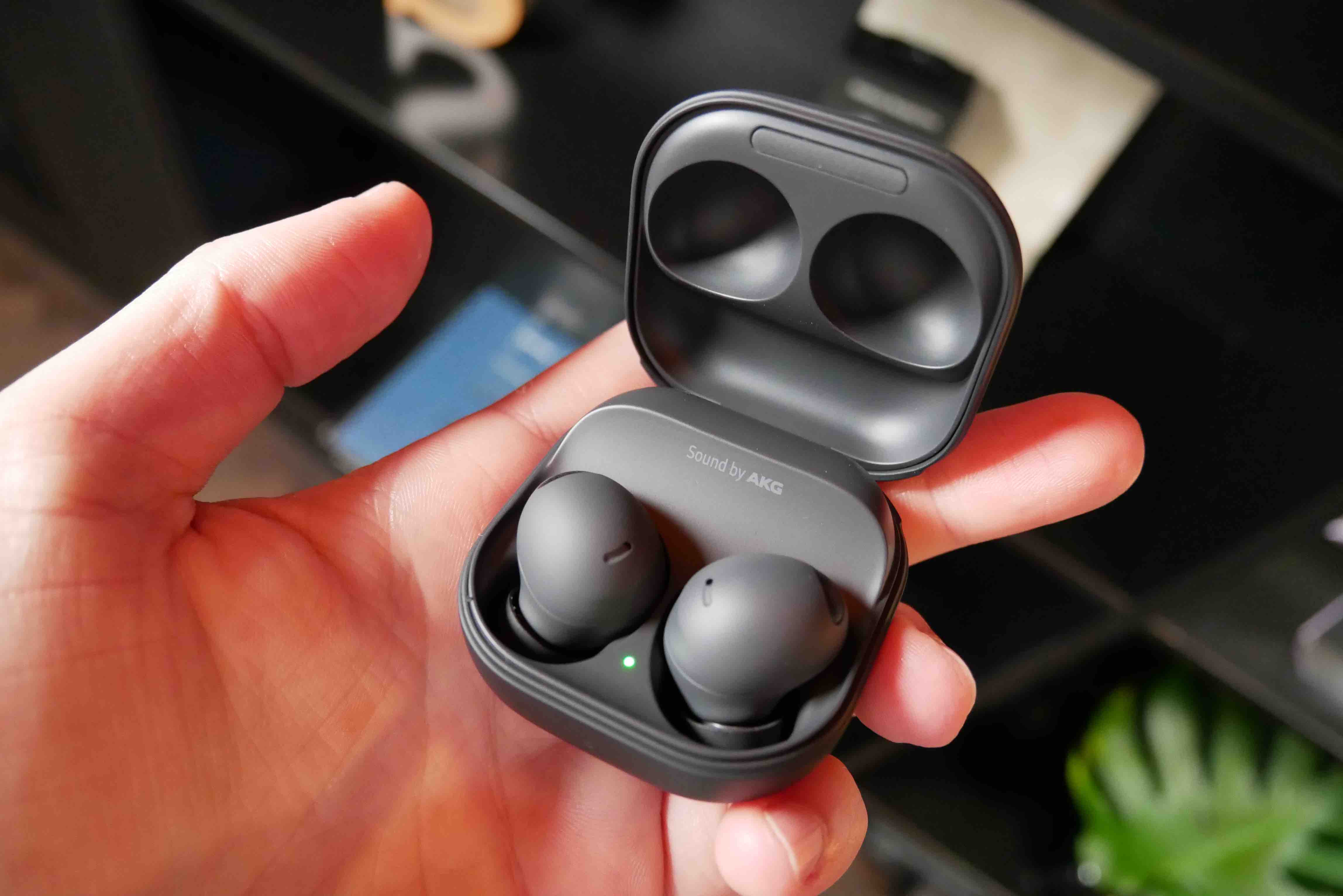A strong autumn awaits us. He is preparing his news Apple, Google and even Xiaomi, Samsung should show us new models from the FE series. That is also why it is useful not to forget what has not always been completely successful in the world of technology. No one escapes missteps, not even Apple, not Samsung or Google.
Google Glass
It was 2012 and it seemed like it would be a year of innovative breakthroughs. Instagram just debuted on the system Android and Nokia introduced the 808 PureView model with an incredible 41 Mpx camera. Google certainly didn't plan to be left behind, and introduced its glasses for augmented reality. The device looked more than promising, but it appeared on the market too soon and for too much money. Eventually, after many public places banned the gadget altogether, Google pulled it from the market in 2015.
Apple Newton MessagePad
In addition to the super successful iPhones, iPads and Macs, the company brought Apple some of the biggest flops of all time. However, even though these were failures, many of them eventually paved the way for successful products and even entire industries. Probably the most important of them was MessagePad. This advanced PDA was perhaps too advanced for its time, but it also offered a handwriting recognition function that critics said was insufficient. Apple he finally buried his MessagePad after the return of Steve Jobs in the second half of the 90s.
Windows Vista
Introducing the operating system Windows the market was not always a big hit. Windows 8, Windows 10, and even Windows 11 met with criticism. Perhaps the most dramatic failure in Microsoft's line of desktop operating systems, however, was the system Windows Vista. Vista, which was supposed to replace the excellent but aging system Windows XP, at least had a rocket launch. In early reviews, the operating system was criticized for being unnecessarily heavy and incompatible with many applications and hardware devices. The visual overhaul with the new Aero Glass style looked great, but proved to be heavy on system resources for the average user. Although the system Windows Vista failed in many ways, laying the groundwork for many of the security and visual features that were in the system Windows 7 and later versions improved.
Microsoft Zune
The portable MP3 player market was defined by Apple's iPod. Although launched in 2001, three years after the MPMan F10 (the first portable digital audio player), it became the huge success the industry needed. Microsoft entered the ring with the Zune in 2006, but by then it was already Apple released five generations of the iPod Classic, not to mention the Shuffle and Nano models. By the time the Zune launched, you already Apple cemented its place in the market and created a cultural icon. Microsoft had to offer something truly breathtaking to lure its audience away from the now almost perfect audio player Apple. However, the Zune offered a bulky, brown-colored music player that was in stark contrast to the iPod's minimalist aesthetic. In 2011, the Zune was discontinued after three product generations.
BlackBerry Storm
BlackBerry, once an industry titan, is now virtually absent from the smartphone market it once dominated. Shortly after the launch of the iPhone in 2007, BlackBerry released its first ever touchscreen smartphone, the BlackBerry Storm. Not only did it move away from the popular physical keyboard options, it also debuted a new but problematic touchscreen called SurePress. Said with a classic - the idea was certainly good, the results were not good. Typing on this screen was painfully slow, and loyal BlackBerry users sorely missed the lightning-fast typing they were used to on corporate keyboards. The Storm had to compete not only with the iPhone, but also with a rapidly growing army of smartphones running the system Android, for which he simply wasn't enough anymore.
iTunes Ping
In the company's history Apple you would also find software failures. One of these lesser-known failures is iTunes Ping, a music-focused social network within iTunes. Ping launched in 2010 as a way to track friends and favorite artists within the iTunes platform, but that's where the problems started. First, the entire social aspect of Ping was limited to sharing reviews, purchases, and other basic updates. And there was no integration with Facebook, the most popular social network at the time. The expected involvement did not occur from the artists either, and Ping was thus doomed to a gradual demise.
Nokia N-Gage
Once upon a time, the Finnish company Nokia constantly pushed the boundaries of what phones could do. One such bold attempt was the Nokia N-Gage gaming phone. This project was as ambitious as it could get. Nokia teamed up with video game publishers, game retailers and other players in a multi-million dollar campaign to compete with the increasingly popular Game Boy and create a new market. Although the phone offered a number of advanced improvements, it ultimately did not prove to be very user-friendly.
Nintendo Virtual Boy
Launched in 1995, the Virtual Boy was a cumbersome gaming console with a stereoscopic 3D display. It required the user to rest their head on a platform while playing the game, staring at a monochrome red screen the entire time. This display has been a source of discomfort and eye strain for many players, defeating the purpose of an immersive gaming experience. In addition, the game library for the Virtual Boy was quite poor. Only 3 games were developed for the 22D console, and many more were canceled shortly after being announced. Nintendo rushed the Virtual Boy to market in order to focus on development of the Nintendo 64, which likely influenced the company's decision to release the Virtual Boy in an unfinished state.
HP TouchPad
The tablet market has an interesting history. In a world dominated by iPads, which in recent years has been filled by decent tablets with Androidum, it's hard to remember the HP TouchPad. In 2011, a few months after the launch of the iPad 2, HP decided to make a series of questionable decisions for its first ever tablet. The HP TouchPad cost the same as the iPad, had a significantly worse display, ran a new operating system without support for popular third-party apps, and came in a cheap plastic body. This was enough to doom the HP TouchPad, despite the nice idea.
Galaxy Notes 7
In the summer of 2016, Samsung literally set the smartphone world on fire with its model Galaxy Note 7. Less than a month after its launch, more than 30 phones exploded, prompting Samsung and the US Consumer Product Safety Commission (CPSC) to issue an official recall and promise a replacement. Tragedy happened twice, as spare phones also caught fire. Carriers and retailers began issuing free returns for all Note 7s, the FAA officially banned their use on flights, and Samsung's reputation was temporarily compromised.



